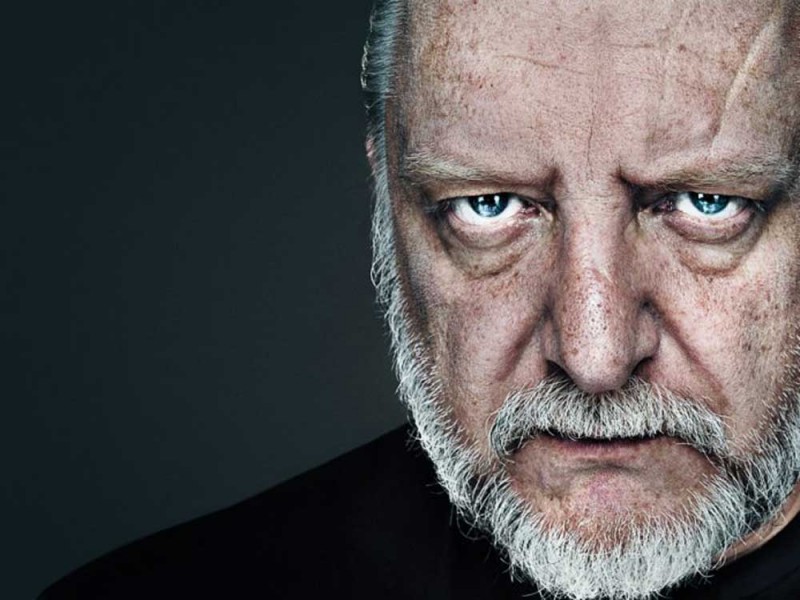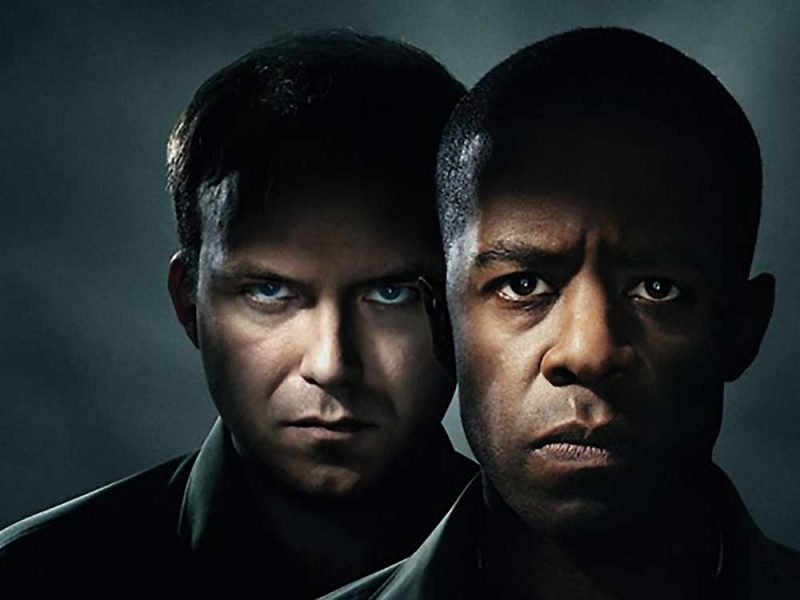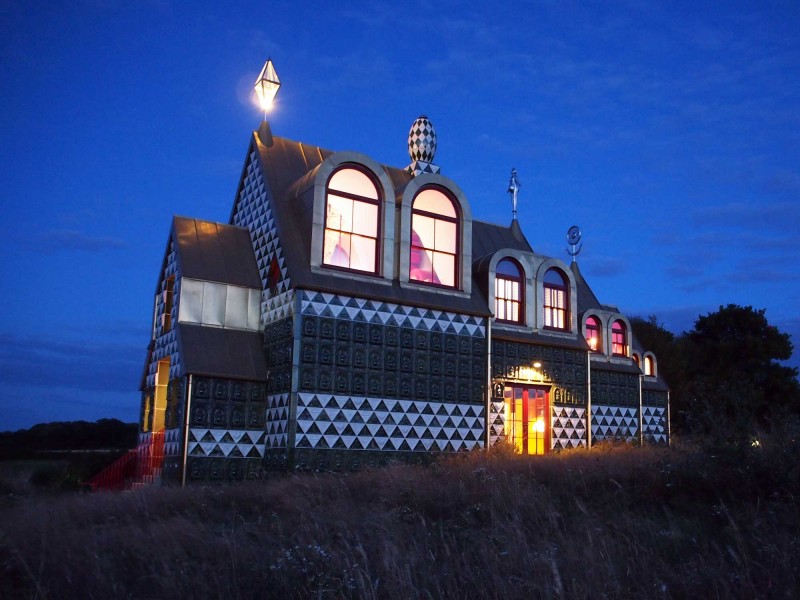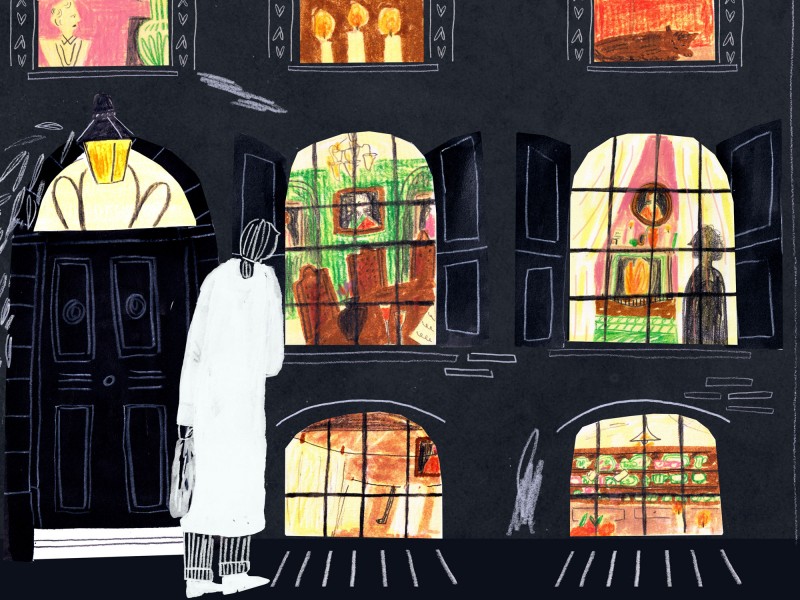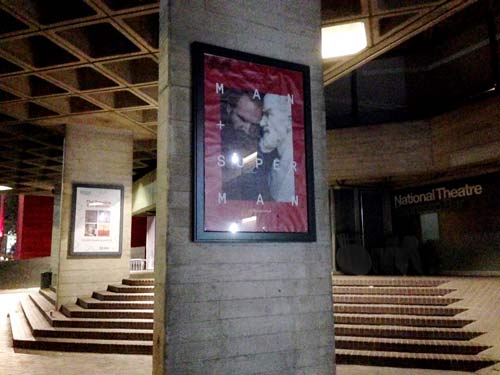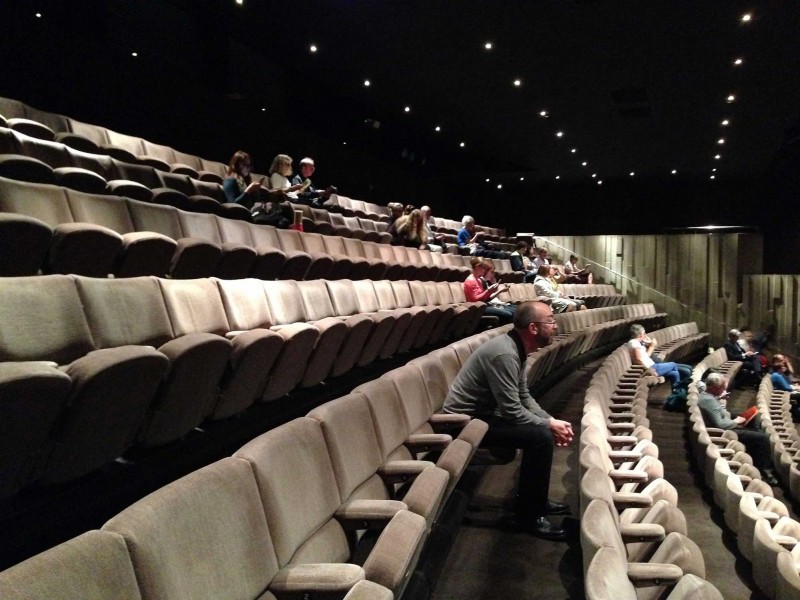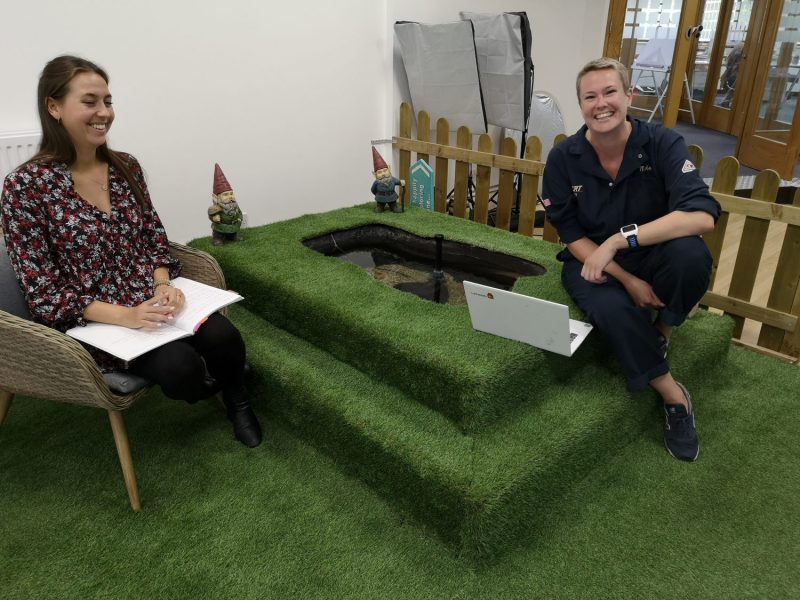Michael’s been to the National Theatre to see the much-lauded new play about the whips’ office in mid 1970s Parliament.
This House at National Theatre
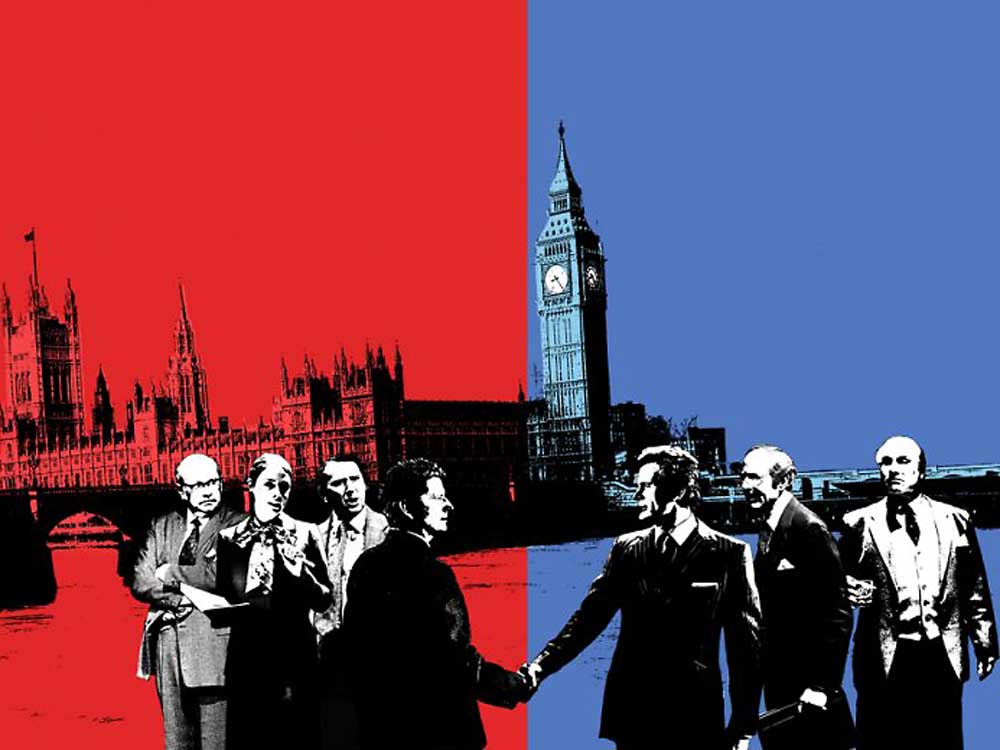
People kept telling me to go and see this play but the subject matter sounded really dry so I kept putting it off. It was sold-out by the time I got round to booking. I had to wait for returns. I’m so glad I did.
The thought of a two and a half hour play about the whips’ offices in mid 1970s Parliament might not set everyone’s pulses racing. But I can’t remember a play I’ve enjoyed more in recent months.
What surprised me most was how many actors I recognised. Everyone I’d spoken to had been so enamored with the play that they’d not mentioned the cast. Phil Daniels, Reece Dinsdale and one of my favourite comic actors, Vincent Franklin, played in a brilliant ensemble.
This was a pivot point in British history, perhaps the last time when there would be a clear ideological distinction between the two parties. The parties split across the divide of class, wealth and education; nowhere was this more evident than in the hidden back-rooms of influence.
This was a time before television entered the chamber. A time when we sat, agog as the News at Ten reported a fight in the House, where Michael Heseltine had threatened the government benches with the bejeweled Parliamentary mace.
It is a bit weird to see moments of my youth being played out as history (I suppose I need to get used to that).
Although the political landscape has shifted beyond recognition, the parallels with modern party-politics couldn’t have been sharper. The battle for EU membership, large-scale spending cuts in a biting global recession, and (as the play’s central theme) consecutive hung-parliaments where the ‘odds-n-sods’ held power and every bill was voted in (or not) in single digit majorities.
What could have been a po-faced lecture was handled impeccably. Fast-paced dialogue, humour, tragedy and drama mixed with the conceits of musical theatre (Phil Daniels singing Bowie’s Five-Years was a moment of genius).
Throughout, the politicians were referred to by their constituency’s names, which was a great device and stopped characters becoming caricatures. Although it did lead to a lot of (mostly wrong) conjecture about who was whom, from the people behind me.
It is a bit weird to see moments of my youth being played out as history (I suppose I need to get used to that). But it was enlightening to be reminded of the detail: suicide attempts, charges of murder, fraud, corruption, compassion, joy and heartbreak; centuries of trust and tradition swept away, and dying members brought to the grounds so their votes would count.
The only people I felt truly sorry for were the public in the two front benches. The chamber had been recreated on stage with members of the audience sitting, unevenly spaced in rows. The cast would take their seats amongst them, bobbing for attention, waving their papers and heckling the speaker. I can’t imagine anywhere I’d less like to be than on the front-benches (in This House or the House).



